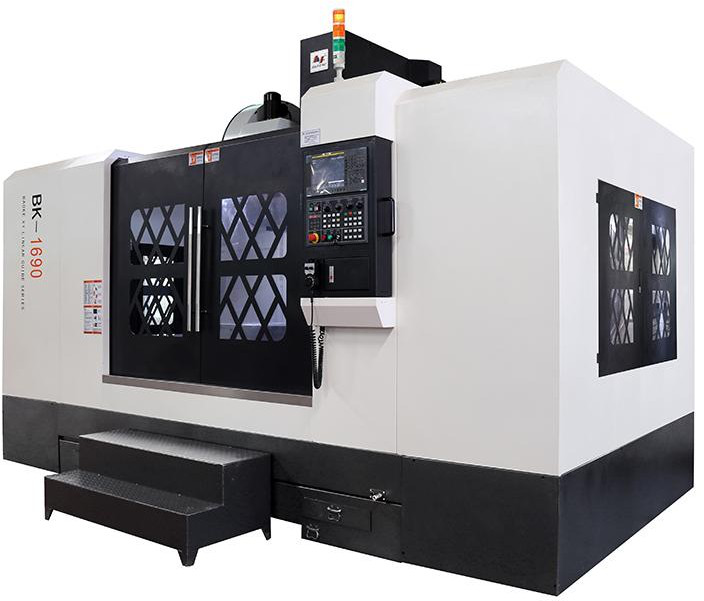އީމެއިލް ހުސް ނުކުރެވޭނެ
ޕާސްވޯޑް ހުސް ނުކުރެވޭނެ
އީމެއިލް ފޯމެޓް ގޯސްވެއްޖެއެވެ
އީމެއިލް ހުސް ނުކުރެވޭނެ
އީމެއިލް މިހާރުވެސް އެބައޮތެވެ
6-20 އަކުރު(އަކުރު ޕްލަސް ނަންބަރުތަކަށް އެކަނި)
ޕާސްވޯޑް އެއްގޮތް ނުވާތީއެވެ
އީމެއިލް ފޯމެޓް ގޯސްވެއްޖެއެވެ
އީމެއިލް ހުސް ނުކުރެވޭނެ
އީމެއިލް އެއް ނެތެވެ
6-20 އަކުރު(އަކުރު ޕްލަސް ނަންބަރުތަކަށް އެކަނި)
ޕާސްވޯޑް އެއްގޮތް ނުވާތީއެވެ

ހަބަރުތައް
6 Tips to Reduce the Cost of CNC Prototyping
Despite all the advancements in modern technology, it is understandable that CNC prototyping is not cheap. After all, it requires highly qualified specialists, specialized equipment, and sometimes the use of expensive alloys. Prototyping during the design phase will help you a lot and can reduce the total project cost of CNC prototyping.

What does the cost of CNC prototype production include?
To understand how to reduce the cost of prototyping, let's first look at a list of major expenses.
Bulk metal. The basic principle of custom CNC machining is that, first, you need to cut a lot of metal. In the prototyping and low-volume industries, what is often referred to as a "blank" is larger (in some cases, up to five times larger) than the total mass of the final part. That's why it's important to choose the right alloy because you're paying 3-4 times the quality of the part.
Set time. Once technical drawings are in CNC service, there is inevitably a preparation phase when preparing machining equipment, writing NC programs, and manufacturing or assembling molds.
Processing time. Once the preparation is complete, it is machined. The main parameter in CNC rapid prototyping is the total time required for the process. It includes the time to make the actual cut, change the tool, load and unload the part, and the time it takes for the CNC machine parts to move between machines if necessary. This fee is by far the largest on the list, and it is necessary to reduce processing time.
Extra time. Any type of manufacturing process will inevitably have some administrative pauses due to documentation, shipping, etc. These only depend on the prototyping part manufacturer, so you have to choose and ask them how long it takes to contract or ship the CNC custom machined part to your location.
So, after analyzing all the expenses that affect the final CNC prototyping cost, we can conclude and list a series of tips to help you reduce the CNC prototyping cost of your project.
Tips for reducing prototype costs
Choose the right metal
Many beginners don't think about the material. They either go with the default construction steel or a cooler material like titanium or stainless steel to prevent rusting. Either option can be wrong or right. What you should understand here is that the price of the alloy is not the determining factor. For example, if you have a large volume of workpieces to be machined, aluminum is the best choice because it can be machined faster, and the economic benefits of machining time will make up for the extra machining costs.
Another problem is that when you need a particular material property, for example, to be able to withstand high temperatures, and you choose the material of a higher grade than it is, it goes too far. For example, you need to have 800 degrees Celsius and you need to get to 950 degrees Celsius, the material is difficult to handle and much more expensive, but you don't need those extra 150 degrees Celsius.
Add basic elements
Setup time can be reduced by adding special surfaces to the part that can always be used to hold the product prototype blank on the machine. For example, if you are making a shaft part, you can add two taper holes to its surface so that the part can be fastened to the center of the lathe. Alternatively, if the part is a box-type part to be milled, add a plane with two holes perpendicular to it.
Avoid complex surfaces
If your choice is rapid prototyping, complex surfaces with high surface finishes are not recommended for CNC parts. The reason for this is that complex surfaces are often finished by small end mills with spherical tips. Its stride is very small (about 0.1-0.05mm) and must abut the entire surface from one side (if it goes both ways, it will have small ribs). When the area of the complex surface is large, you will need several hours to complete it.
Avoid complex surfaces
If your choice is rapid prototyping, complex surfaces with high surface finishes are not recommended for CNC parts. The reason for this is that complex surfaces are often finished by small end mills with spherical tips. Its stride is very small (about 0.1-0.05mm) and must abut the entire surface from one side (if it goes both ways, it will have small ribs). When the area of the complex surface is large, you will need several hours to complete it.
Suitable precision
Many designers believe that the more precise the part, the better the surface finish, and the better they look (gloss polished parts look cool, right?), but the high tolerances and extremely high surface finish mean that prototype makers have to use a grinding machine to achieve this size and surface finish. To grind parts, they need to have a minimum hardness. Then heat treatment is performed. Now, heat treatment takes at least a day because you need to heat the part, put it there, and then cool it down. Therefore, an IT9 or below, Ra 3.2 or worse surface finish is preferred for most surfaces, with only the most important surfaces having higher tolerances.
Searching for cnc prototype service factories, cnc prototype service, prototype cnc machining, plz feel free to contact us.

